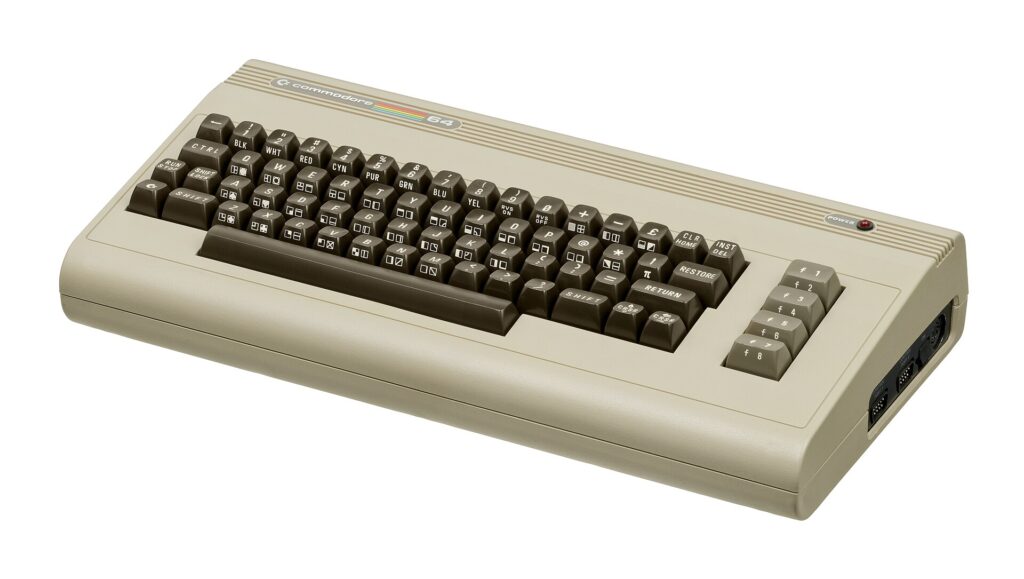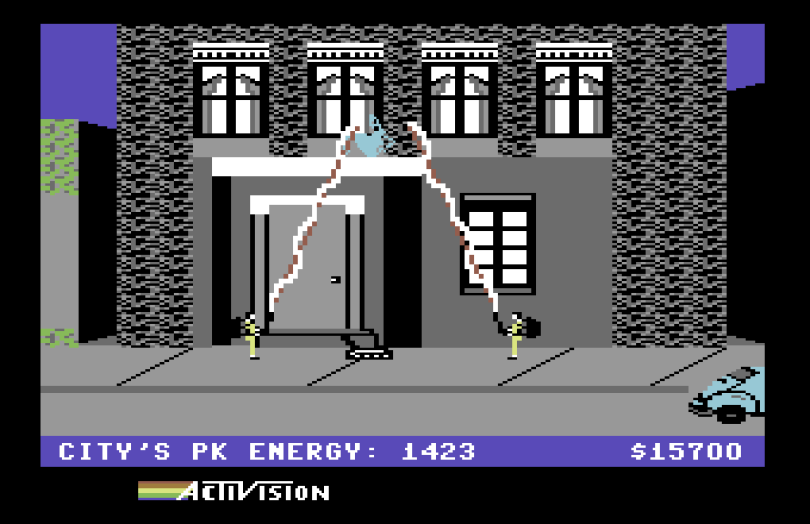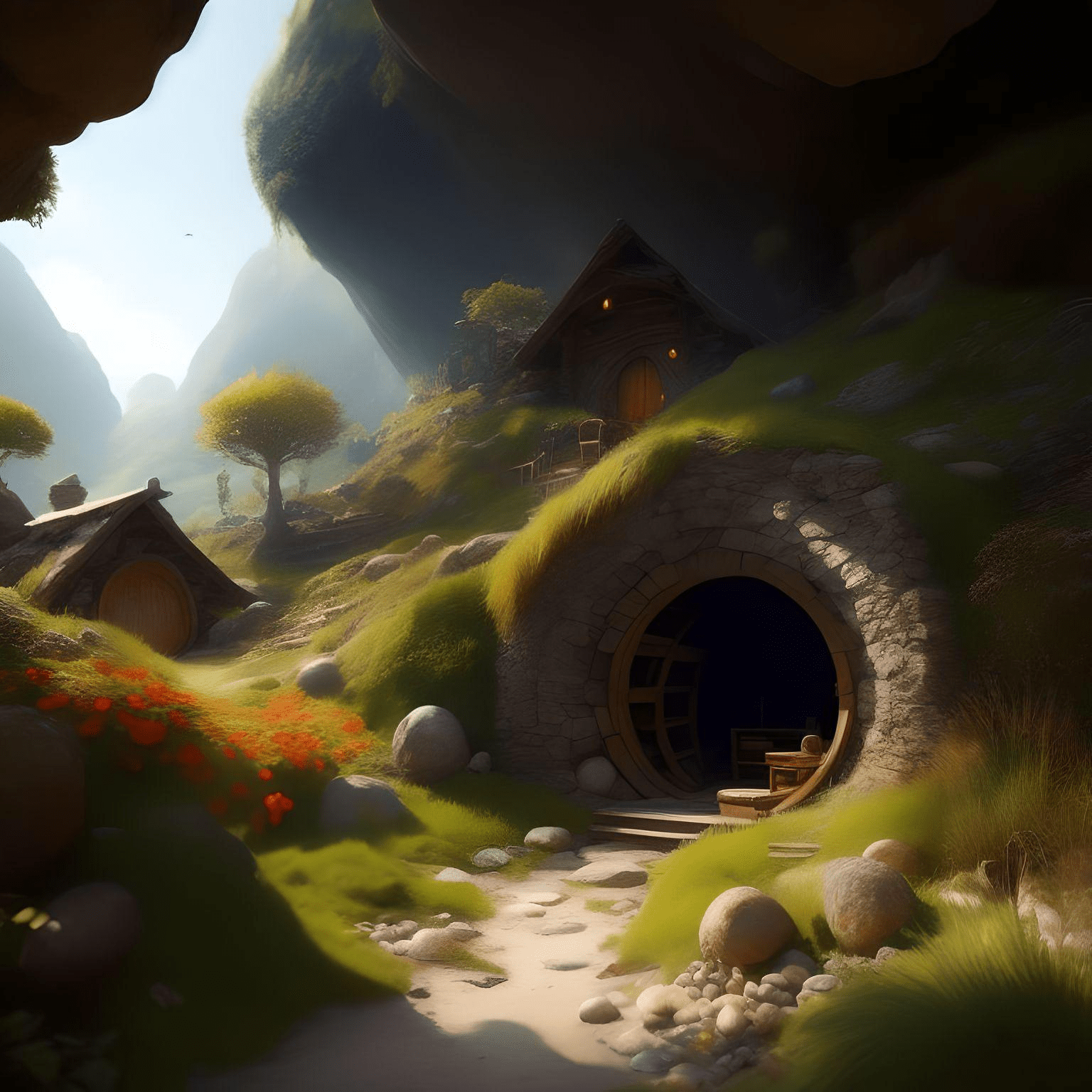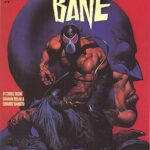Introduction: The Rise of an 8-Bit Icon
In the dawn of the 1980s, personal computing was a wild frontier. Garage tinkerers and fledgling startups raced to build machines that packed enough punch to handle word processing, games, and even rudimentary graphics—yet cost little enough that a typical family could justify one. Into this arena strode a dark-gray box with rainbow stripes: the Commodore 64. Priced to compete and engineered to impress, it didn’t just join the home-computer fray; it redefined it.
When the C64 hit retailers in August 1982, its $595 entry price already undercut popular rivals, and within a year clever cost-saving measures—fueled by Commodore’s ownership of MOS Technology—sent the street price tumbling toward the $200 mark. But affordability was only half the story. Inside, the C64 housed the MOS 6510 CPU, the VIC-II graphics chip capable of smooth scrolling and colorful sprites, and the SID sound chip, whose three-voice synthesizer delivered richer audio than many arcade machines of the day. For hobbyists, students, and casual gamers alike, this meant a machine that could run sophisticated simulations, paint pixel art, and blast chiptune music, all without breaking the bank.
Beyond the silicon, the C64’s lifeblood was its software ecosystem. From early text-adventures like Zork to fast-paced shoot-’em-ups like Uridium, thousands of cartridges and floppy-disk titles poured from both major publishers and bedroom coders. Magazine pages bristled with type-in programs, and classrooms adopted the C64 as their computer-science workhorse. In just a few short years, Commodore had vaulted from underdog to industry titan, selling more units of a single model than any other machine before—or since. And thus began the story of one of the most beloved icons in computing history: the 8-bit wonder that forever changed how we interact with technology.

Igniting a Revolution: Jack Tramiel’s Vision and the Birth of the Commodore 64
Long before the Commodore 64 became a household icon, its roots lay in a garage-born vision of making cutting-edge technology truly accessible. Jack Tramiel—himself a Holocaust survivor turned typewriter-business magnate—had already steered Commodore International from mechanical calculators into early personal computers with the PET and the VIC-20. Yet Tramiel was restless: he believed that computing power shouldn’t be an expensive luxury, but a tool for every family, school, and small business.
From Calculators to Custom Silicon
At the heart of Tramiel’s plan was vertical integration. While rivals like Apple and Atari relied on outside suppliers, Commodore had acquired MOS Technology in 1976, bringing chip design and fabrication under its own roof. This move proved transformative. Engineers at MOS could iterate rapidly—tweaking cost, performance, and features without waiting on third-party approvals. The outcome? A tailor-made suite of silicon. The signature MOS 6510 CPU delivered reliable eight-bit horsepower, the VIC-II graphics chip enabled sprites, smooth scrolling, and a palette of 16 colors, and the legendary SID 6581 sound chip offered three independent voices and an array of programmable waveforms—features unheard of at that price point.
Building an Affordable Powerhouse
By owning every link in the supply chain—from chip wafers to circuit-board assembly—Commodore could squeeze out inefficiencies and pass savings straight to consumers. Tramiel famously quipped, “We need to build computers for the masses, not the classes.” That philosophy fueled aggressive cost-cutting without sacrificing capability. Rather than watering down specs, Commodore leaned into innovation: custom chips that consolidated multiple functions, streamlined manufacturing lines that churned out boards at scale, and clever packaging that kept retail prices astonishingly low.
A Legacy Forged in Silicon
The result was the Commodore 64—a machine that married power, flexibility, and unbeatable value. By 1982, home computing had a new benchmark: affordable enough to land in family living rooms, yet potent enough to run groundbreaking titles like The Last Ninja and to inspire budding programmers to type out their first BASIC programs. Tramiel’s vertical-integration gambit not only slashed costs but fostered a culture of rapid innovation—one that would leave an indelible mark on the industry and ignite the imaginations of countless developers and gamers for decades to come.
The Technology Behind the Commodore 64
The Custom Chipset
In early 1981, Commodore engineers, led by Robert Yannes, began working on a new home computer that would improve upon the VIC-20. The heart of the machine would be a custom chipset, consisting of:
- MOS 6510 Processor – A modified version of the popular 6502, running at 1 MHz.
- VIC-II Graphics Chip – Capable of 16 colors, hardware sprites, and smooth scrolling, making it a major leap in visual capabilities.
- SID (Sound Interface Device) Chip – Designed by Yannes himself, this revolutionary component offered multi-voice synthesizer-quality sound far beyond other home computers of the era.
Together, these components gave the C64 a level of audio-visual power that no other affordable home computer could match, solidifying its status as a standout machine in the 8-bit era.
Slashing Prices and Conquering Retail: The Commodore 64’s Market Masterstroke
Commodore’s leadership understood from day one that price would be their most powerful weapon. When the C64 bowed at the 1982 CES with a sticker shock-mitigated $595 price tag, it was already undercutting many contemporaries that hovered closer to the $1,000 mark. But founder Jack Tramiel wasn’t satisfied with “just inexpensive”—he wanted revolutionary. By relentlessly squeezing manufacturing costs, vertically integrating key components, and leveraging economies of scale, Commodore slashed the C64’s price all the way down to $199 by 1983. That seismic drop didn’t just make headlines—it triggered a full-blown price war that forced competitors like Texas Instruments to abandon the consumer segment altogether and pushed Atari to the brink of irrelevance in the low-end market.
Yet low cost alone wouldn’t have guaranteed mass appeal. Tramiel famously declared, “Business is war,” and he took that battle straight to the aisles of everyday retail outlets. Instead of confining the C64 to specialist electronics shops, Commodore inked deals with Kmart, Sears, Woolworth’s, and Toys “R” Us, positioning its machine alongside cereal boxes and LEGO sets. Families browsing for board games or children’s toys suddenly found themselves face-to-face with a sleek, full-powered computer—no tech jargon required. This move demystified home computing for millions who might never have set foot in a dedicated computer store, instantly turning the C64 into a household name.
The result was nothing short of meteoric. By the mid-1980s, the Commodore 64 wasn’t just the best-selling home computer—it was a cultural phenomenon. Software publishers scrambled to port or develop titles for its robust graphics and signature SID sound chip, swelling the C64’s software library to thousands of games, productivity tools, and educational programs. Brick-and-mortar retailers saw the computer fly off shelves faster than they could restock, while Commodore’s razor-thin margins translated into razor-sharp market dominance. In effect, the C64’s pricing and distribution strategy didn’t merely steal market share—it redefined what a “mainstream” computer could be, democratizing digital technology for a generation and setting a template that every mass-market PC would follow.
A Software Powerhouse
One of the key factors in the Commodore 64’s success was its huge software library. With 64KB of RAM—more memory than many competing systems—the C64 handled complex applications and games with ease. Developers flocked to the platform, drawn by the machine’s capabilities and massive user base.
Popular Commodore 64 games and software included:
- The Bard’s Tale – One of the earliest RPGs to bring deep storytelling to home computers.
- Summer Games and Summer Games II– A multiplayer hit from Epyx, perfect for friendly competitions.
- Impossible Mission – A classic platformer featuring digitized speech and puzzle-solving elements.
- Ghostbusters and Ghostbusters II– A groundbreaking movie tie-in that elevated the standard for licensed games.

With its expansive game catalog and support for various productivity apps, the C64 transcended mere gaming and proved itself a viable tool for homes, schools, and small businesses.
The Lasting Legacy of the C64
Few home computers have captured hearts—and living rooms—as completely as the Commodore 64. Introduced in August 1982, the C64 stuck around on store shelves for more than ten years, shifting an impressive 17 million units worldwide. Its combination of a full-travel keyboard, eight-bit MOS 6510 processor, and that now-legendary SID sound chip made it the go-to machine not just for gamers, but for budding programmers, school computer labs, and even small businesses who needed an affordable yet capable desktop setup.
Beyond sheer numbers, the C64 proved that power and price didn’t have to be mutually exclusive. Titles like Wizard of Wor, International Soccer, and Elite pushed its graphics and audio to cinematic heights, while built-in BASIC allowed anyone with curiosity (and patience) to start coding right away. Countless kids typed their first lines of code on a C64, laying the groundwork for today’s developers—many of whom still point back to that machine’s accessible design and punchy sound as their earliest inspirations.
Commodore’s own story may have ended abruptly in the mid-’90s amid boardroom battles and shifting market tides, but the C64’s influence has refused to fade. Enthusiast communities keep it alive through hardware restorations, disk-image archives, and even new cartridges that add Wi-Fi or enhanced graphics. The thriving demoscene—artists crafting real-time audiovisual demos within the C64’s tight memory limits—stands as a testament to how much creativity a little 64 KB of RAM can ignite. In short, the Commodore 64 didn’t just kick off the home-computer revolution; it created a legacy of tinkering, coding, and gaming passion that still pulses through retro-tech circles and indie game studios alike.
Final Reflections: The Enduring Spark of the Commodore 64
Few machines have left as indelible a mark on computing culture as the Commodore 64. Born of bold engineering, clever cost-cutting, and a vision to democratize technology, it wasn’t just another home computer—it was the proving ground where generations first experienced the thrill of programming, the joy of pixel-perfect graphics, and the rush of chip-powered soundtracks. By marrying cutting-edge custom silicon with an aggressive price point, Commodore ignited a home-computer revolution that rippled through classrooms, living rooms, and small businesses around the world.
Today, the C64 lives on in more than just vintage hardware and emulators. Its spirit thrives in modern indie games that intentionally echo SID melodies, in retro-coding challenges where hobbyists squeeze entire programs into 64 KB, and in countless restoration projects that breathe new life into aging motherboards. Beyond nostalgia, the Commodore 64 stands as a testament to what happens when technical ambition meets savvy strategy: a technology icon that empowered millions and paved the way for the personal-computing boom.
Share Your Commodore 64 Memories
Whether you spent afternoons typing BASIC programs, mastering your favorite game’s high score, or tinkering with hardware expansions, your stories are part of the C64’s legacy. What was your favorite title, your proudest coding moment, or the quirkiest peripheral you ever attached? Drop your memories and anecdotes in the comments below—let’s celebrate the machine that defined a generation!
FAQ: Common Questions About the Commodore 64
- What was the Commodore 64’s original price?
- It debuted at $595, which was already competitive, and by 1983 the price dropped to around $199.
- How many Commodore 64 units were sold?
- It’s estimated that 17 million units were sold, making it the best-selling single computer model of all time.
- Why was the C64 so popular for gaming?
- Its SID sound chip and VIC-II graphics gave it superior audio-visual capabilities, while its large user base attracted a huge developer community.
- What caused Commodore’s downfall?
- Internal conflicts and mismanagement in the 1990s ultimately led to Commodore’s demise, despite the success of the C64.





